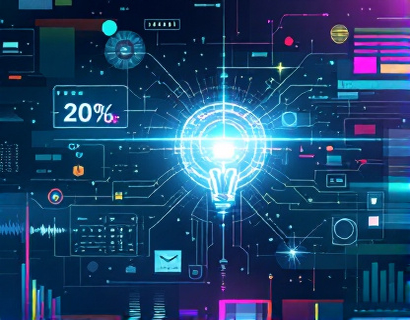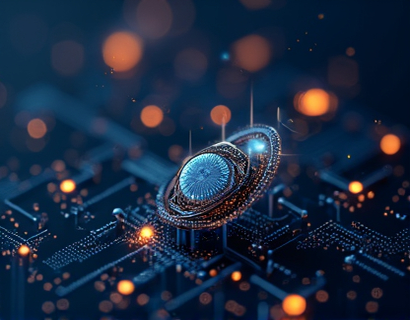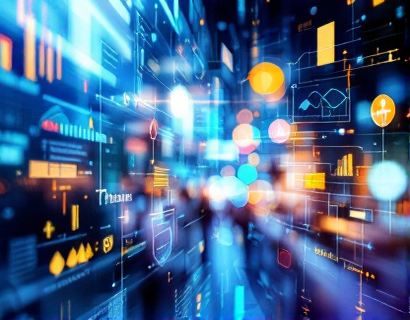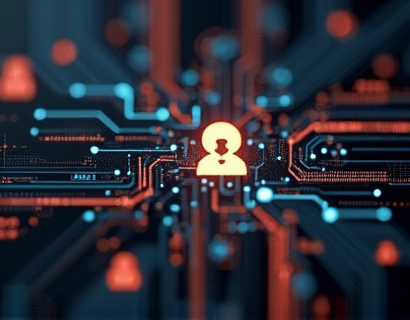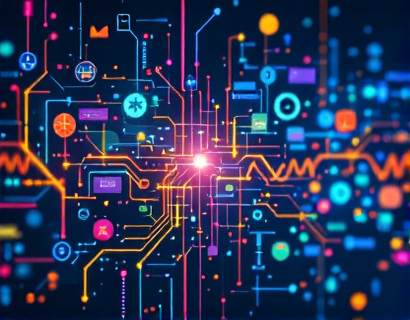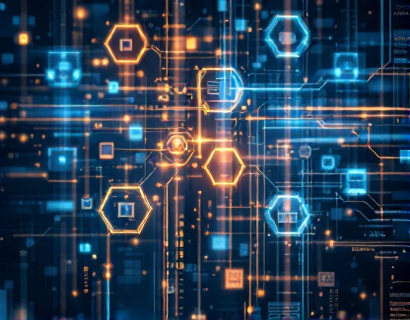Empowering Accessible Learning: A Comprehensive Guide to Educational Resources
In today's rapidly evolving world, access to educational resources has become more crucial than ever. The traditional boundaries of learning are being redefined, thanks to technological advancements and a growing emphasis on lifelong learning. This article delves into the significance of accessible learning resources and explores a rich repository of educational materials designed to empower students and lifelong learners alike. From articles and e-books to interactive courses, the digital landscape offers an unprecedented opportunity to foster personal growth and a passion for continuous learning.
The concept of accessible learning goes beyond merely providing resources; it encompasses creating an inclusive environment where everyone, regardless of their background or abilities, can access and benefit from educational content. This inclusivity is vital in breaking down barriers and ensuring that knowledge is democratized. A comprehensive platform dedicated to this mission offers a curated collection of materials that cater to diverse learning needs and preferences.
The Importance of Accessible Educational Resources
Accessible educational resources play a pivotal role in promoting equity in education. For students with disabilities, access to adaptable materials can be the difference between success and struggle. Interactive courses with closed captions, e-books with adjustable text sizes, and articles with clear, concise language are just a few examples of how accessibility can enhance the learning experience. Moreover, these resources benefit all learners by providing multiple ways to engage with the content, catering to different learning styles and preferences.
In an era where information is abundant, the challenge lies in finding high-quality, relevant, and accessible content. A well-structured platform that aggregates these resources can significantly ease this challenge. Such a platform not only saves time but also ensures that learners have access to vetted and reliable materials. This is particularly important for lifelong learners who may not have the luxury of dedicated time for extensive research.
Diverse Range of Educational Materials
The repository of educational resources available today is vast and varied. Articles, e-books, and interactive courses form the backbone of this collection, each serving unique purposes and catering to different learning objectives. Articles provide concise and up-to-date information on a wide range of topics, making them ideal for quick learning and staying informed. E-books, on the other hand, offer in-depth knowledge and are perfect for comprehensive study sessions. Interactive courses combine theory with practical exercises, providing a hands-on learning experience that can be highly effective.
These resources are not only diverse in format but also in subject matter. From science and technology to arts and humanities, the spectrum of topics is extensive. This diversity ensures that learners can find materials that align with their interests and career goals, thereby enhancing motivation and engagement. Additionally, the inclusion of interdisciplinary resources encourages a holistic approach to learning, fostering a deeper understanding of complex issues.
Personal Growth and Lifelong Learning
Embracing a mindset of lifelong learning is essential in a world where change is constant. A platform that offers a rich repository of educational resources serves as a powerful tool in this journey. By providing access to a wide array of materials, learners can continuously update their skills and knowledge, staying relevant in their fields and personal interests. This commitment to personal growth not only enhances individual capabilities but also contributes to societal progress.
For students, having a go-to source for educational materials can significantly reduce the stress and overwhelm often associated with academic pursuits. The ability to access high-quality resources at any time and from any location can make a substantial difference in their learning experience. Lifelong learners, too, benefit immensely from such a platform, as it supports their ongoing quest for knowledge and self-improvement.
Building a Community of Learners
Access to educational resources is just one aspect of a comprehensive learning experience. A community of like-minded individuals can greatly enhance the value of these resources. A platform that fosters a community of learners provides forums, discussion groups, and collaborative projects, allowing users to connect, share insights, and learn from one another. This sense of community not only enriches the learning experience but also builds a supportive network that can last a lifetime.
Interactions within this community can lead to meaningful collaborations and friendships, further motivating learners to engage more deeply with the materials. Peer feedback and discussions can provide new perspectives and deepen understanding, making the learning process more dynamic and enjoyable. For those who may feel isolated in their learning journey, this community aspect offers a sense of belonging and encouragement.
Technological Advancements in Education
The integration of technology in education has revolutionized the way we access and interact with learning resources. Adaptive learning technologies, for instance, tailor the learning experience to individual needs, providing personalized pathways for growth. Virtual and augmented reality tools offer immersive experiences that can make complex concepts more tangible and engaging. These technological advancements not only enhance the quality of educational resources but also make learning more accessible and enjoyable.
Moreover, the use of artificial intelligence in educational platforms can provide intelligent recommendations based on a learner's preferences and progress. This personalized approach ensures that learners are always challenged appropriately and guided towards resources that best suit their learning style. Such technologies not only improve the efficiency of learning but also make it more enjoyable, reducing the barriers to entry for many potential learners.
Challenges and Considerations
While the availability of accessible educational resources is a significant step forward, there are still challenges to address. One major concern is the digital divide, where not all individuals have equal access to the necessary technology and internet connectivity. Efforts to bridge this gap are crucial to ensure that the benefits of these resources are accessible to everyone, regardless of their socioeconomic status.
Another consideration is the quality and accuracy of the resources. With the abundance of information available, it is essential to have robust mechanisms in place to vet and curate content. Collaborations with educational institutions and experts can help maintain high standards and ensure that the materials provided are reliable and up-to-date.
Conclusion
In conclusion, the availability of a rich repository of accessible educational resources represents a significant advancement in the field of learning. These resources not only empower students and lifelong learners but also contribute to a more informed and capable society. By embracing this wealth of knowledge and connecting with a community of fellow learners, individuals can embark on a fulfilling journey of personal growth and continuous learning. The future of education is bright, and with the right tools and support, anyone can unlock their full potential.





